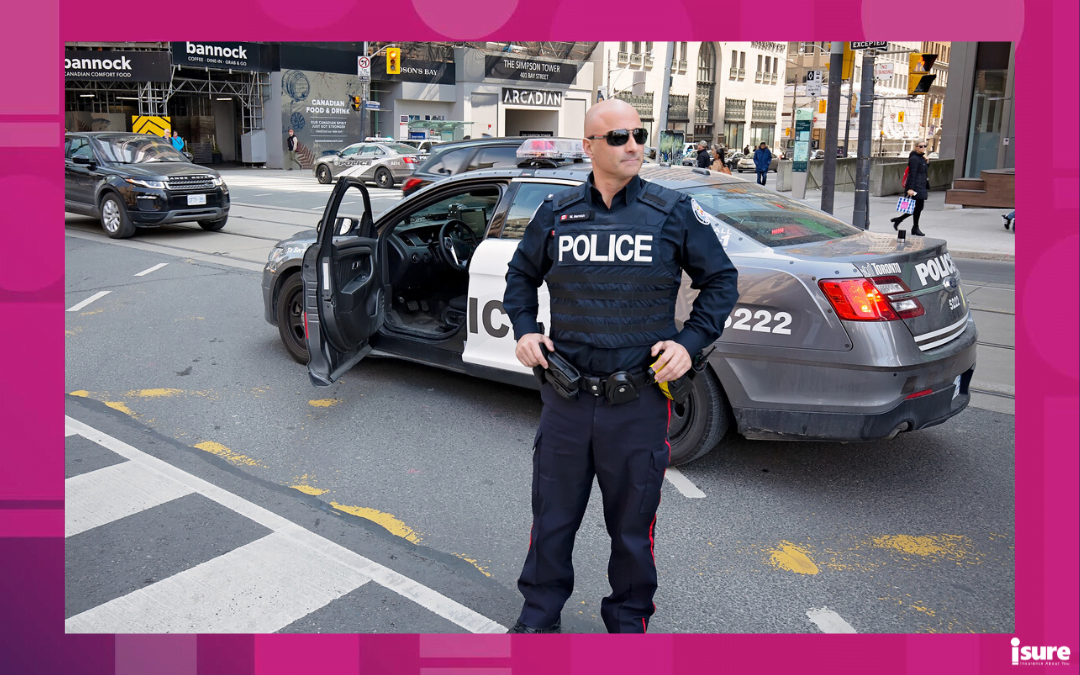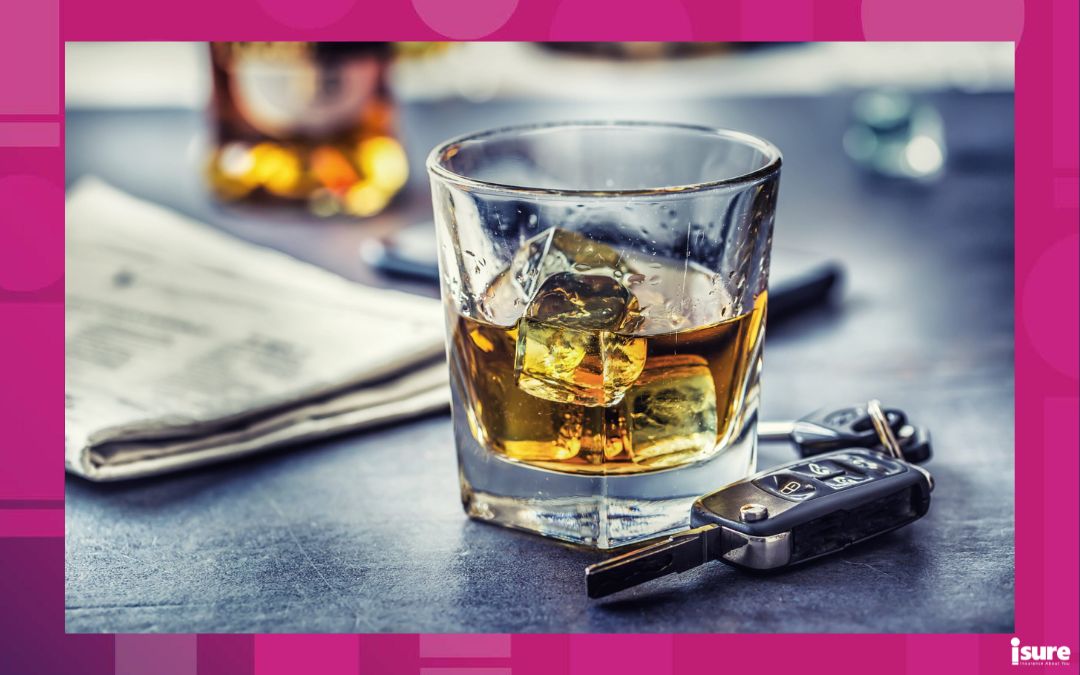With the 20th of April approaching, now is a good time to keep in the loop on the laws regarding driving under the influence. To keep our roads safe, the Ontario government enforces a set of drug-impaired driving laws for those caught driving under the influence. The current laws focus on stronger enforcement regarding drug use on the road. Depending on your driving situation and licence class, it is important to know these laws and how they can impact you. This is key to making sure you and others remain safe! Let’s take a look below:
What is drug-impaired driving or ‘driving high’?
Drug-impaired driving occurs when you operate a vehicle while under the influence of cannabis or other drugs. This includes cars, trucks, snowmobiles, off-road vehicles, or motorcycles. Similar to alcohol, drug use can impair concentration, as well as rational and responsible thinking. This can lead to serious injuries when operating a vehicle. Even if you think it’s just a little bit, it’s important to never get behind the wheel after consuming cannabis or any kind of drug.
Driving high: Young drivers with little experience
For young drivers with little to no experience (those with a G1, G2, M1, or M2 licence), and any driver under 21 years old, there are strict rules in place. If you have ANY alcohol or drugs in your system, you will face a licence suspension for up to 30 days. There will also be a fine ranging from $250 to $450. The current law stipulates a 24-hour suspension and no fine.
Can young drivers have drugs in the car while driving?
Additionally, novice drivers cannot have drugs in their car while driving. You can receive charges of possession or drug trafficking if cannabis is not in its original packaging. This law was put into place when marijuana became legalized in 2018.
Commercial drivers
Similar to young drivers, as a commercial driver, you must not have any alcohol or drugs in your system. Failing a drug test will mean that you’ll likely face a three-day licence suspension and a fine between $250 and $450. With the demand of commercial driving businesses, such as Uber, this law is crucial for everyone’s safety.
Any drug-impaired driver
For drivers not specifically targeted in the previous points, the rules mentioned below will apply. Any drug-impaired driver, who tests as a fail or warning through a roadside test will get a fine between $250 and $450. If you refuse to take the test, the fine increases to $550. Currently, the law includes a $198 fine.
How is it the same as driving under the influence of alcohol?
Ever since the government legalized marijuana, they have had penalties in place for drivers. A DUI charge, or Driving Under the Influence, is something that all drivers are likely aware of. It is a criminal offense to be operating a vehicle under the influence of alcohol with a blood-alcohol level of over 0.08. Similar laws apply to drug use.
Are you allowed a certain level of THC if you’re a fully licensed driver?
Beginning with roadside penalties, you can face charges if you have 2-5 ng (nanograms) of THC in your blood. Additionally, if you are guilty of a DUI, you will be labeled a high-risk driver. High-risk insurance is often expensive and harder to get than normal insurance. If you have a DUI or are a high-risk driver, consider a high-risk auto insurance quote from us to see if you can save money on your car insurance! We compare the rates of dozens of Ontario insurers to get you the best price for the best coverage.
Police equipment for testing drug-impaired drivers
Ever since the legalization of marijuana, Ontario’s Minister of Transportation approved a saliva screening device. Known as The Alere DDS2 Mobile Test, this system can detect marijuana in a person’s body through an oral test. Ontario police officers conduct training for the device, so they can determine the level of drugs in someone’s system while on the roads.
What are the penalties?
With a first offense of drug-impaired driving, drivers can face a licence suspension or financial penalties. And with a second or further offense, drivers can face longer licence suspensions or mandatory education on the dangers of drug use or treatment programs.
What types of tests are there for drug impairment?
There are two main drug impairment tests police officers will use on potentially impaired drivers:
- First, the Standardized Field Sobriety Test (SFST) is administered on the side of the road and is intended to test drivers’ sobriety levels. Testing can include measuring blood pressure, body temperature, pulse, or pupil size in different lighting. Officers have the right to administer this test whether they think you are impaired by drugs, alcohol, or both, and can result in criminal charges if found under the influence.
- The second test police officers can administer is the Drug Recognition Expert Evaluation. Similar to the SFST, various tests will be taken roadside if a police officer believes you are under the influence of drugs. Criminal charges can also be made if the results of this test come back positive.
We hope this article helps you understand drug-impaired driving laws in Ontario. Stay sober, stay safe on the roads, and don’t drive high!




